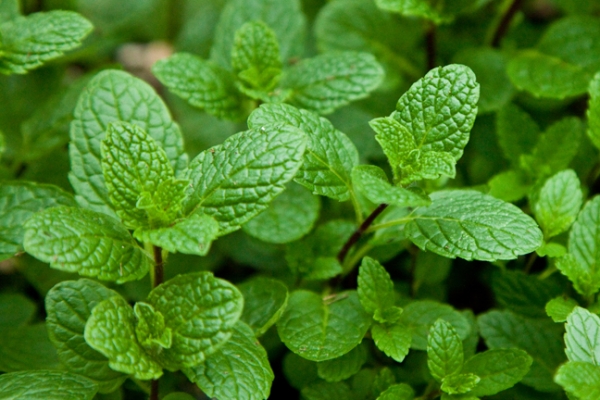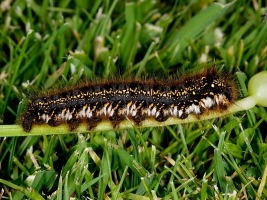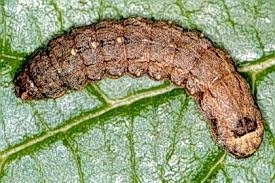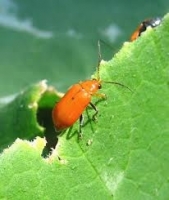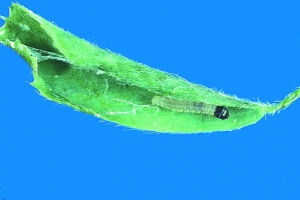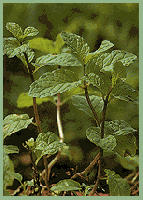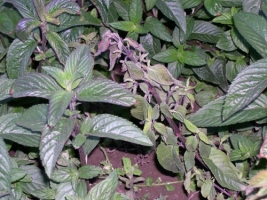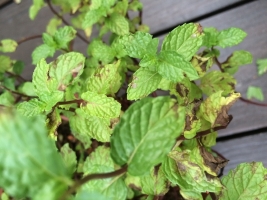MAS-1: It is a dwarf variety having 30-45 cm height. The variety is disease resistant and is early maturing. It contains 70-80% menthol content, @80 qtl/acre herbage and @50-60 kg/acre oil.
Hybrid-77: It is having 50-60 cm height. The variety is leaf spot and rust resistant and is early maturing. It contains 80-85% menthol content, @100 qtl/acre herbage and @50-60 kg/acre oil. It grows best in sandy loam soil and requires dry climate.
Shivalik: Selected from Chinese cultivator. The variety grows best in terai region in UP and Uttaranchal. It contains 65-70% menthol content, @120 qtl/acre herbage yield and @72 kg/acre oil yield. They are sensitive to fungal diseases.
EC-41911: Selected from Russian germplasm. The variety is water resistant and erect type. It contains 70% menthol content, @94.4 qtl/acre herbage yield and @50 kg/acre oil yield. The oil prepared from this variety is used as flavoring in food items.
Gomti: The variety is light red in color. Yield is low as compared with other varieties. It contains 78-80% menthol content.
Himalaya: The leave size is bigger than other varieties. The variety is rust, blight, mildew and leaf spot resistant. It contains 78-80% menthol content, @160 qtl/acre herbage yield and @80-100 kg/acre oil yield.
Kosi: The variety matures within 90 days. . The variety is rust, blight, mildew and leaf spot resistant. It contains 75-80% menthol content and @80-100 kg/acre oil yield.
Saksham: Developed by cv. Himalaya through tissue culture. It contains 80% menthol content and @90-100 kg/acre oil yield.
Kushal: Developed through tissue culture and gets mature within 90-100 days. The variety is disease and pest resistant. It grows best in semi-arid-subtropical areas and grows good in UP and Punjab. It contains @120-132 qtl/acre herbage yield and @70-80 kg/acre oil yield.
Punjab Spraymint 1: The oil content is 0.57% and major content of oil is Carvone. It gives an average yield of 80-100qtl/acre.

